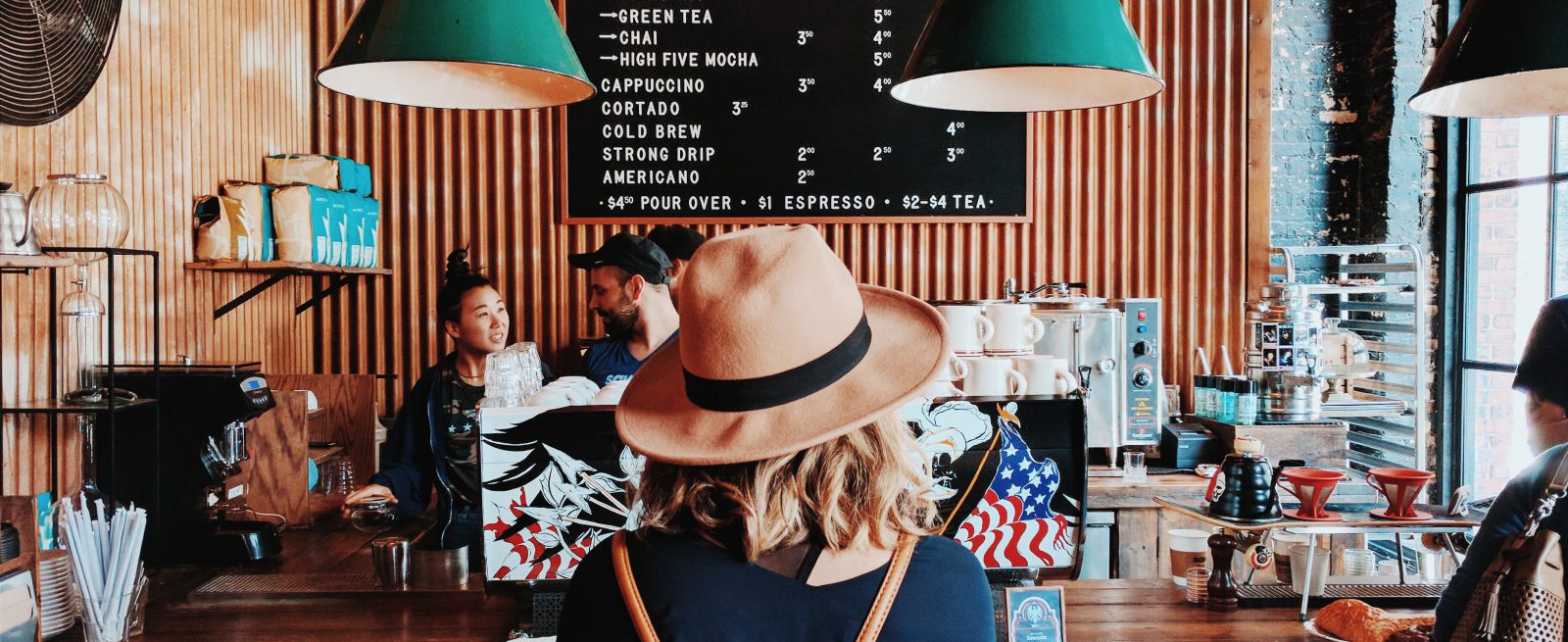How to Create an Effective Restaurant Marketing Strategy
2 Min Read By Warner Siebert
Restaurants rely on loyal customers to drive revenue and reduce overhead costs. However, the restaurant industry is one of the most competitive sectors. With more than restaurant locations in the U.S., how do you stand out from the crowd to attract and retain customers?
Answer: It’s all in the marketing.
The right marketing strategy that incorporates customer and industry trends such as mobile, social media, and loyalty programs, can help set a restaurant apart from the competition. By adopting customer trends in their marketing tactics, restaurants can improve the dining experience as well as boost loyalty and profits.
Let’s explore a few ways restaurants can create an effective marketing strategy with consumer trends.
Build a Mobile Presence
According to an eConsultancy study, 81 percent of smartphone users searched for a restaurant through a mobile app in the previous six months, and 92 percent searched via a mobile browser. On top of that, 75 percent of users chose a restaurant destination based on the mobile results they found.
This is a sign that restaurants should consider adding mobile to their marketing strategy.
One way restaurants could jump on this trend is to create a mobile app that enables customers to view menus, make reservations, order take out, or even track their place on the restaurant waitlist.
Another way is by optimizing the restaurant’s website for mobile searches. Some optimizations to consider include creating a responsive website design that adapts to the size of a users’ screen, mobile reservations, and adding an accessible menu.
Take Advantage of Social Media
Social channels such as Instagram, Facebook, and Twitter, can all be effective for boosting your restaurant marketing strategy too. Studies have shown that 92 percent of frequent social media users eat at a sit down restaurant at least once a month. For this reason, social media is a great way to inform customers about the latest news, including specials, menu changes, and discounts.
Instagram and other visual platforms enable restaurants to take advantage of pictures customers share on social media while dining, also known as user generated content. Typically, restaurants can find this content by searching for their name, location, or relevant hashtags on these platforms. User generated content takes the pressure off of social media managers to create unique content, engages target audiences, and encourages future sharing.
Restaurants can also use social channels to acknowledge and respond to customer comments, whether they’re positive or negative. By maintaining an active social presence, restaurants can easily field complaints and resolve them before the customer spreads negative word-of-mouth.
Create Custom Loyalty Programs
Customer loyalty is critical to a restaurant’s bottom line, since frequent visitors are also frequent spenders. A personalized loyalty program can boost new customer retention and show existing loyal customers they are valued. To ensure customers will take advantage of their loyalty program, restaurants could build an email list to send out promotions and coupons, or build a loyalty feature into a mobile app for easy redeeming.
So, how can restaurants actually create a personalized loyalty program? With an intuitive point-of-sale system, restaurants can collect customer data they can use to target relevant customers with promotions, discounts, and coupons based on their ordering history.
With a strategic marketing plan, your restaurant can bring in more business and boost customer loyalty. Even a five percent increase in happy, loyal customers can increase your restaurants profitability by up to 75 percent, so investing in these marketing tactics could have a significant impact on restaurant revenue.


